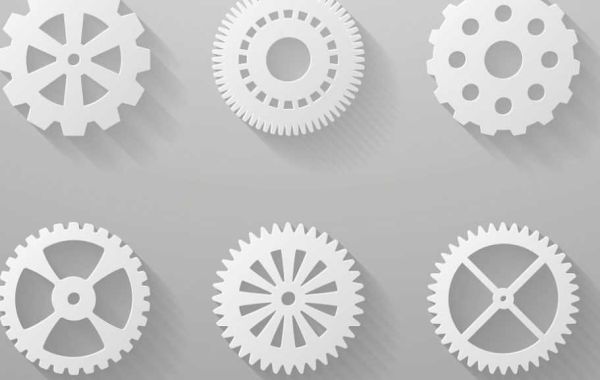Successful CNC machining of polycarbonate parts requires careful design considerations to ensure efficient production, minimize waste, and achieve the desired functionality. Here are some key aspects to consider:
- Part Complexity:While CNC machining can handle intricate designs, extremely complex geometries with numerous features or tight corners might require additional machining time or specialized tooling, increasing costs. Consider simplifying designs where possible without compromising functionality. Explore alternative designs that can be achieved with fewer features or straighter walls.
- Wall Thickness: Maintaining consistent wall thicknesses throughout the part is crucial. Very thin walls can be difficult to machine accurately and are prone to breakage during or after the machining process. Similarly, excessively thick walls can lead to increased machining time and material waste. Strive for a balance between structural integrity and efficient material usage.
- Draft Angles:For features like pockets, undercuts, or cavities within the part, incorporating draft angles on the sidewalls is essential. Draft angles allow for easier removal of the cutting tool from the machined cavity after the feature is complete. Without draft angles, the tool could get stuck or damage the part.
- Material Selection:Different grades of polycarbonate offer varying properties. For instance, some grades might have higher impact resistance, while others might be flame retardant. Choose the appropriate grade of polycarbonate based on the specific application requirements. Considering factors like the need for UV protection or chemical resistance might also influence material selection.
By carefully considering these design aspects, you can optimize your polycarbonate parts for CNC machining, ensuring efficient production, minimal material waste, and successful creation of high-quality functional parts.








